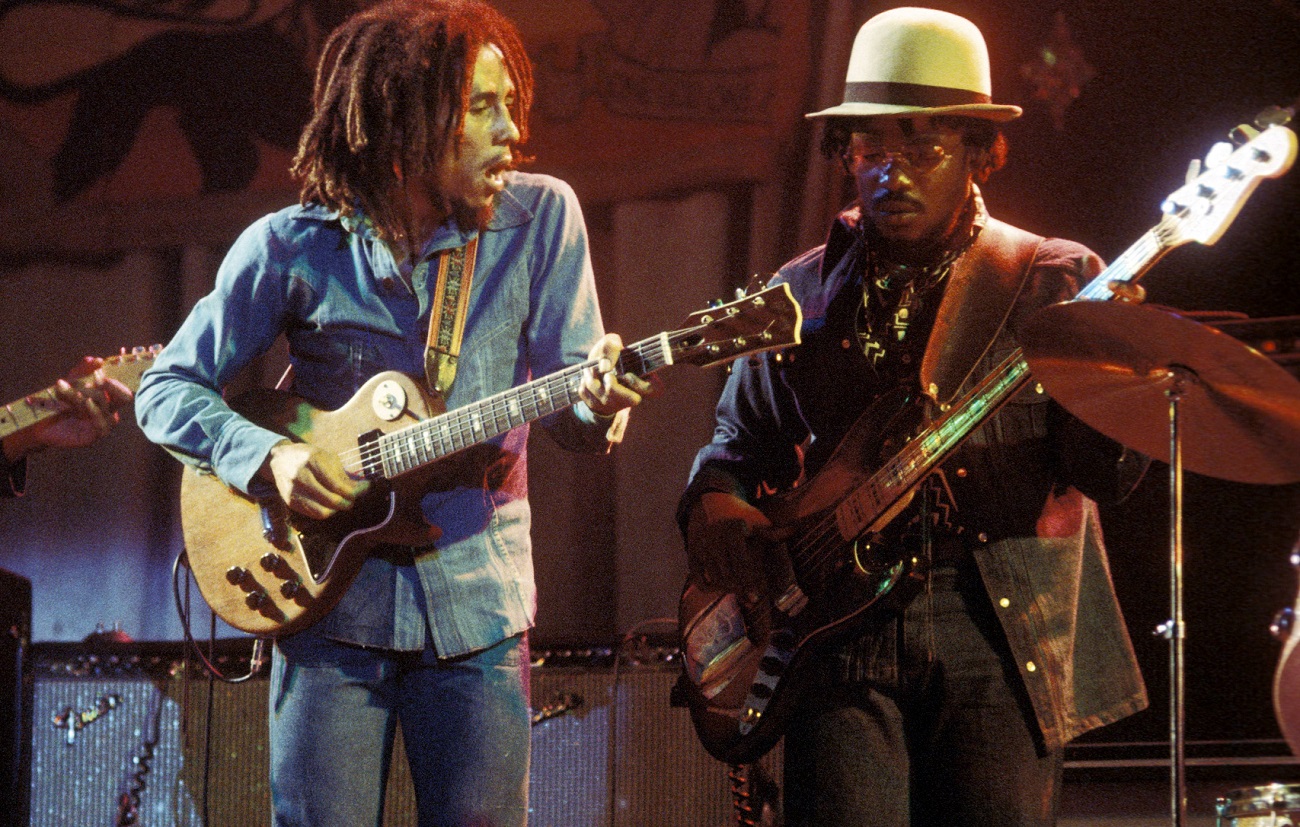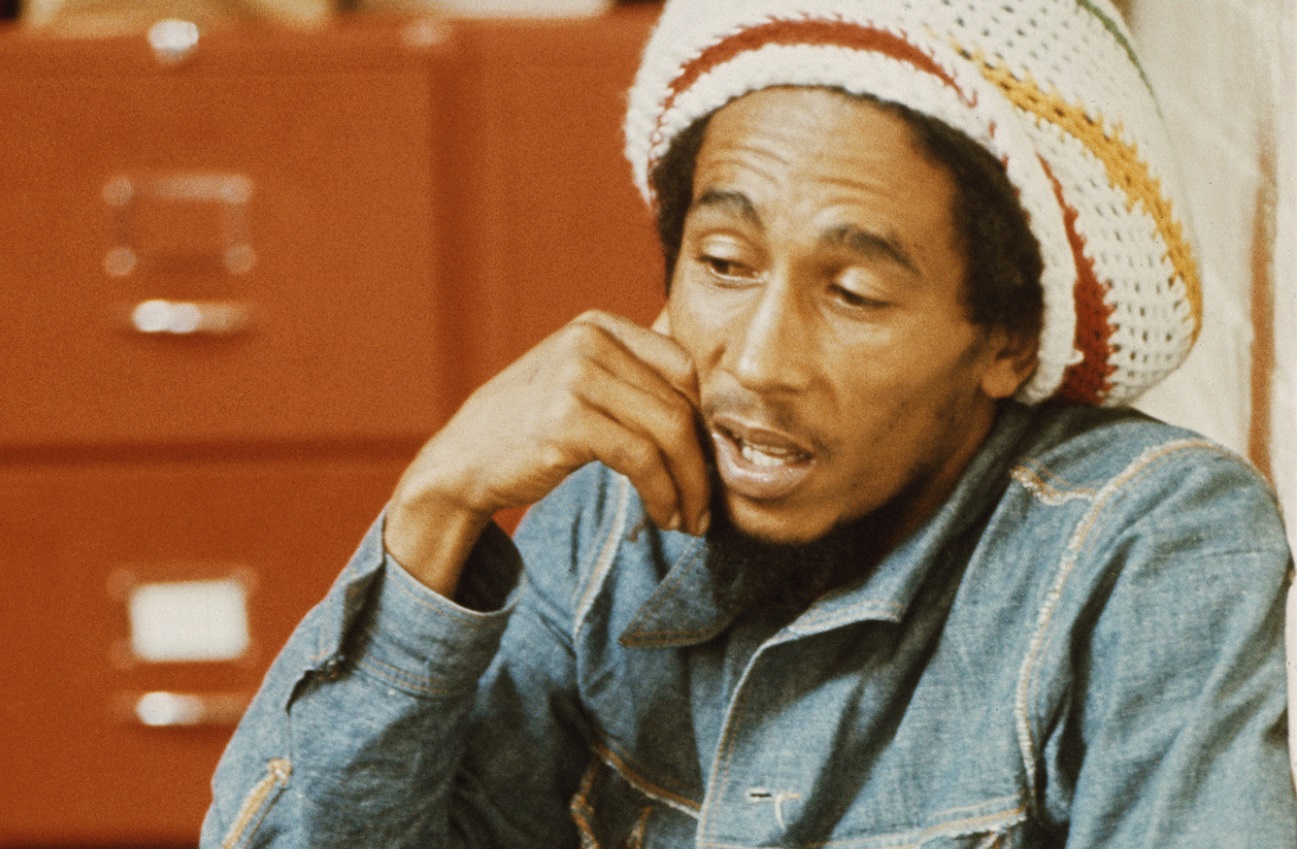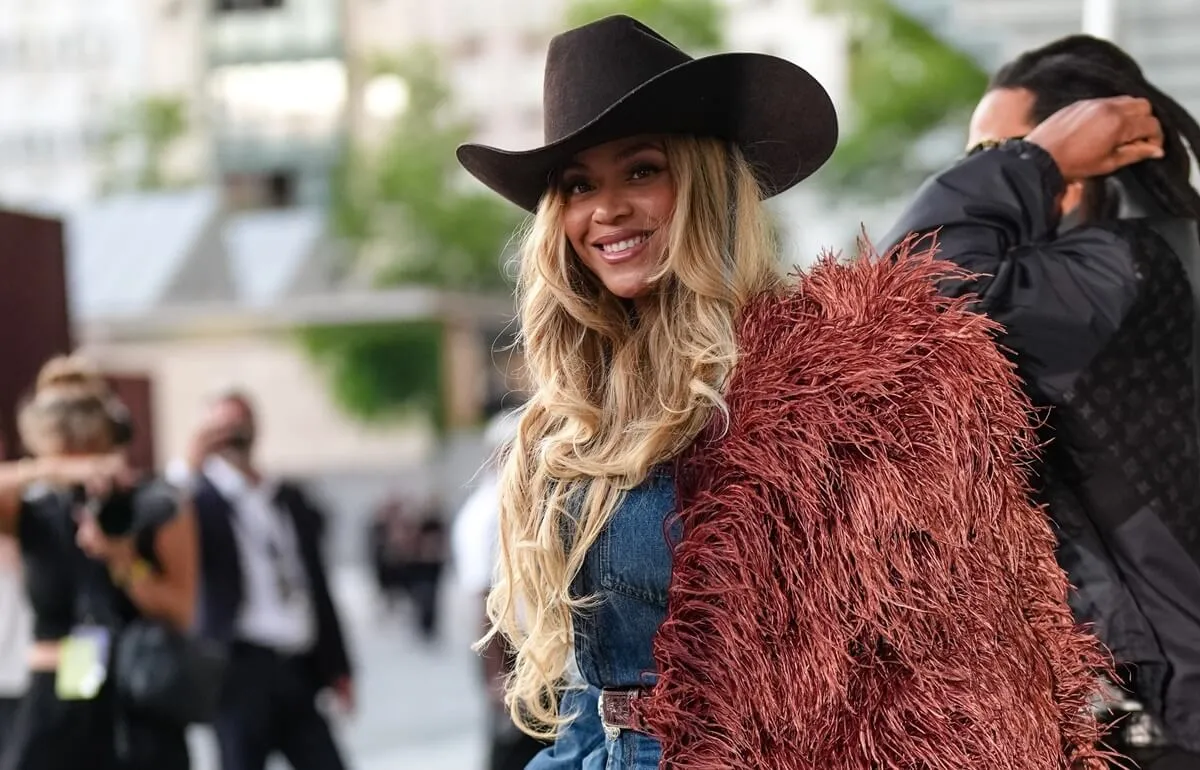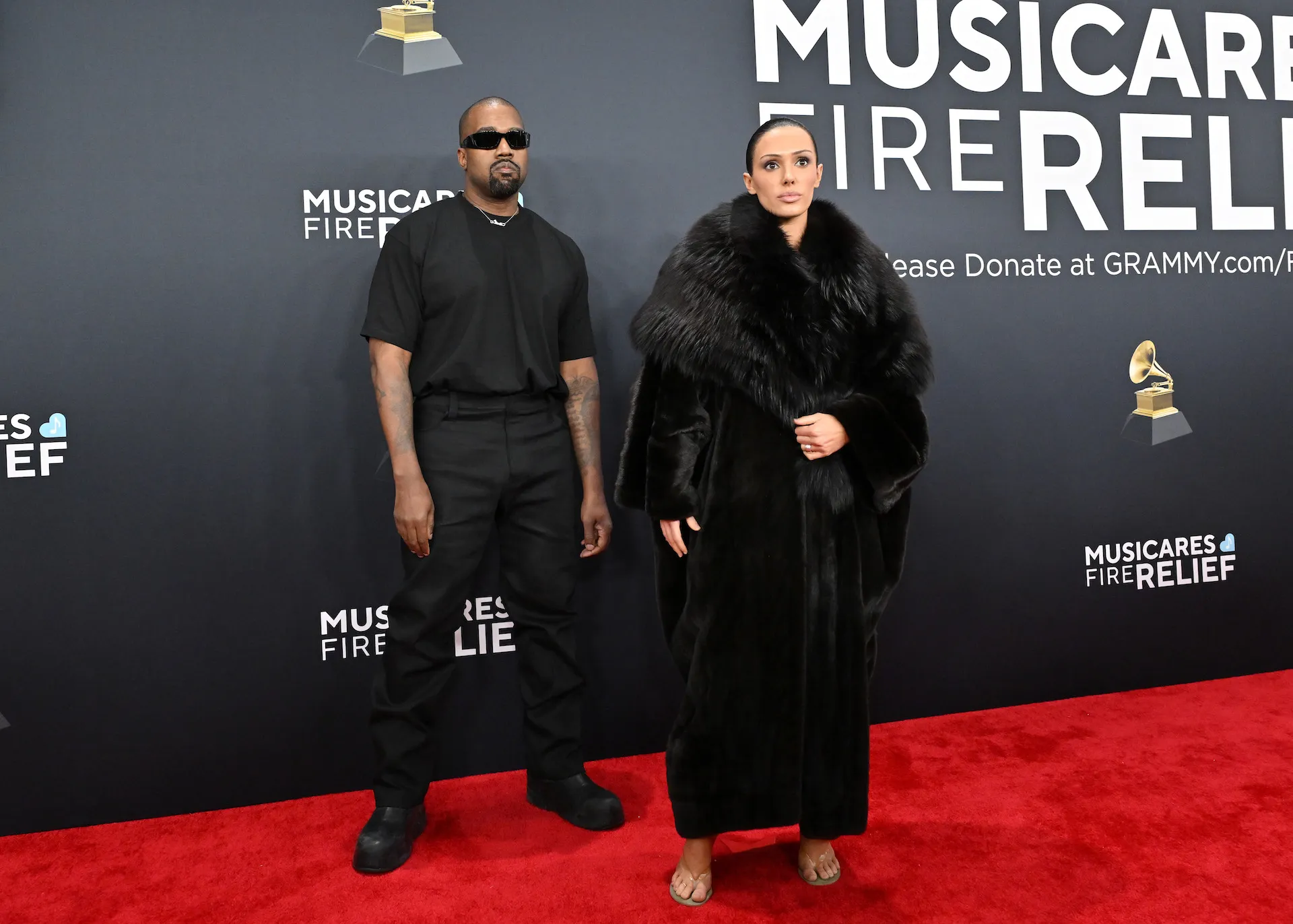Why Bob Marley’s Original ‘Natty Dread’ Title Got Scrapped
Big changes came to The Wailers after the release of Burnin’ (1973). Founding members Peter Tosh and Bunny Wailer stepped away from the band, leaving the unit that became Bob Marley and The Wailers in its wake. In 1974, Marley’s new group got on the board with Natty Dread.
Judy Mowatt, Marcia Griffiths, and Marley’s wife Rita (collectively known as the I-Threes) had joined the band on backing vocals, marking a distinctive change in the overall sound. And the album’s credits had more surprises: Several others besides Marley were listed as songwriters.
But the biggest change might have been the album’s title — and the track from which that title came. Originally, it was “Knotty Dread,” the title of Marley’s ’74 single released on the Tuff Gong label in Jamaica. When Island Records released the LP internationally, both song and album had the title Natty Dread.
Bob Marley had his ‘Knotty Dread’ title changed for release on Island

The song itself didn’t change between its Tuff Gong release as “Knotty Dread” and its rebranding as “Natty Dread” on Island. But the new title marked a significant distinction. Marley had written and sung about a knotty dread, a Rastafarian living righteously, wearing his long locks in defiance of polite society.
By contrast, someone whose appearance is “natty” would be nothing like that. “To [Marley], the word ‘natty’ described some Rasta in a new cream serge suit with well-groomed locks, not the ropy street locksman that Bob [sang about],” Stephen Davis wrote in Bob Marley (1985).
If had been “a shock” to Marley (as Davis reported), the singer learned to live with and accept the Natty Dread title. Lee Jaffe, the so-called “white Wailer” who lived with Marley and his bandmates during this period, once told a story that illustrated Marley’s acceptance of the new title.
Jaffe’s story appears in Roger Steffens’ So Much Things to Say (2017). According to Jaffe, he became enraged when he saw Natty Dread’s cover for the first time. Not only had Jaffe’s harmonica work and songwriting contributions been omitted from the credits; he thought Marley had sold out on the title.
Marley accepted the change ‘Natty Dread’ as part of the business

While Jaffe was admittedly bitter about getting snubbed in the Natty Dread credits, he described the title change as “the most disturbing” thing about the album cover. “I protested that they had spelled the title incorrectly,” Jaffe told Steffens. “But Bob said nothing to back me up. I was stunned.”
When they returned to their hotel, Jaffe demanded to know if Marley would have his title reinstated. In response, Marley accused Jaffe of being too concerned about his own credits. “I wasn’t buying it,” Jaffe told Steffens. “I wanted to know how Knotty Dread could be released with a title that means exactly the opposite.”
In the end, Marley accepted that he’d make some compromises bringing reggae from Trench Town to a global audience. He’d done that with the sound on the Wailers first Island LP. And he did it again with Natty Dread. “That’s the music business,” Davis quoted Marley often saying.


